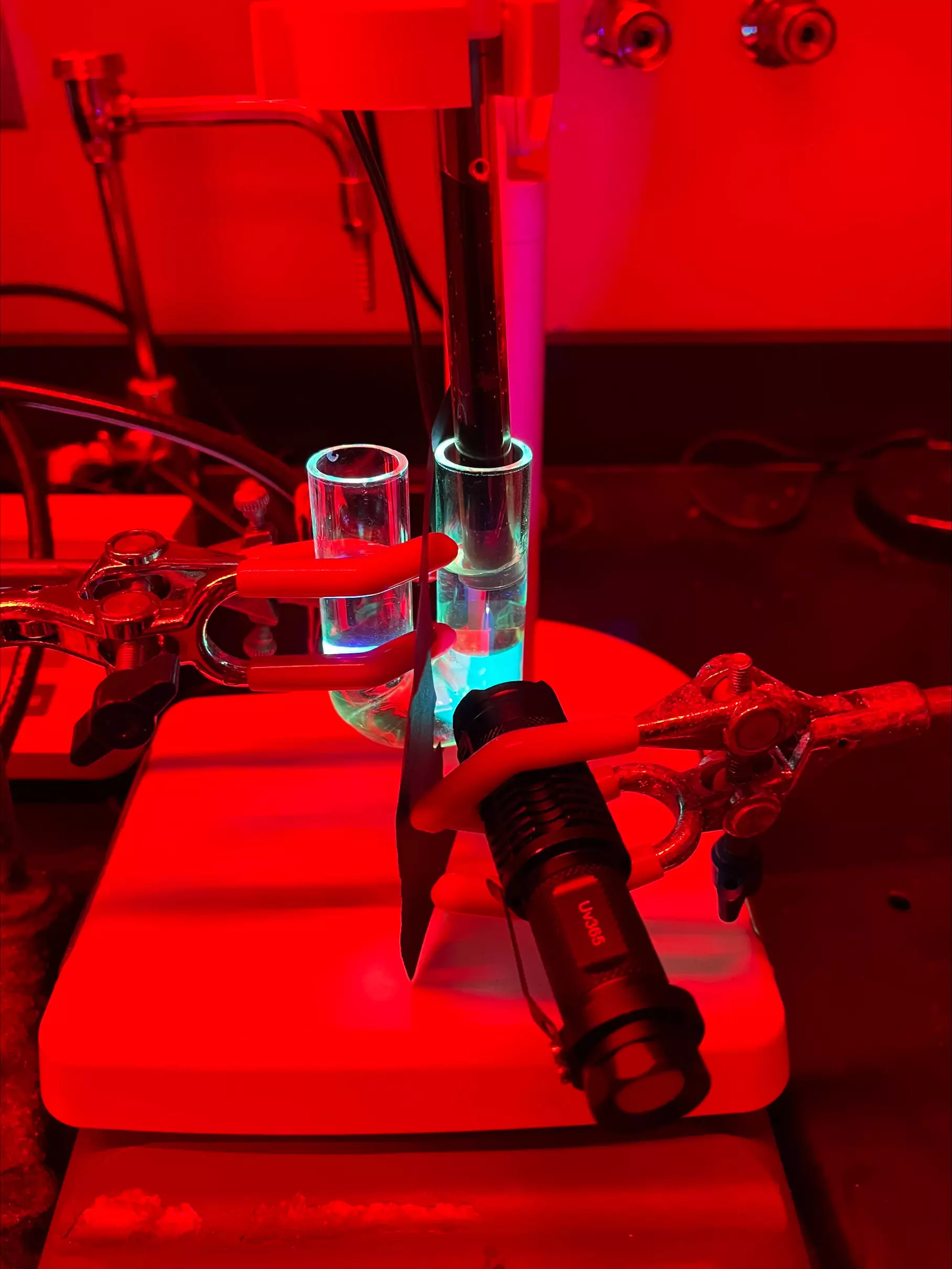In a groundbreaking advancement, researchers from Dartmouth College have engineered a self-powered pump capable of utilizing natural light and chemical reactions to effectively target and eliminate specific water pollutants. The findings, detailed in the journal Science, illustrate the potential of this innovative technology to revolutionize water treatment and environmental conservation efforts.
As water flows into the pump, a carefully calibrated wavelength of light activates a specialized synthetic molecular receptor. This receptor is designed to attract and bond with negatively charged ions, commonly referred to as anions, which include pollutants notorious for causing metabolic disturbances in both plants and animals. A second wavelength of light deactivates these receptors as the water exits the pump, prompting them to release the pollutants. The contaminants are subsequently captured in a non-reactive substrate, offering a safe means for their disposal.
“The concept is groundbreaking; it demonstrates the feasibility of employing synthetic receptors to transform light energy into a chemical potential capable of removing hazardous impurities from wastewater,” explains Ivan Aprahamian, who serves as the senior author of the study and is a notable figure in the field of chemistry at Dartmouth.
At present, the pump’s functionality has been calibrated for elements like chloride and bromide. However, Aprahamian and his team aim to expand its capabilities to target an array of other anion-heavy pollutants, such as radioactive waste and the phosphates and nitrates resulting from agricultural runoff — a major contributor to the creation of ecological dead zones.
Ideally, researchers envision the ability to introduce multiple receptors within the same solution, enabling the targeting and collection of different anions through the activation of specific wavelengths of light. This targeted approach not only enhances efficiency but could provide a transformative path for managing various types of water pollution.
The pump’s remarkable design includes the ability to manipulate chloride ion flow from areas of lower concentration to those of higher concentration, demonstrating the effectiveness of the synthetic receptors embedded within a U-shaped tube. Over a 12-hour experimental period, the team was able to transfer 8% of chloride ions across a membrane, illustrating their capability to overcome natural concentration gradients.
Aprahamian highlights the significance of chloride ions for two primary reasons: winter stormwater runoff frequently elevates chloride levels in water bodies, adversely impacting local ecosystems, and the functionality of chloride transport is vital for health, especially considering conditions such as cystic fibrosis, where chloride ion transport is impaired.
To put this achievement into perspective, the chloride ions moved an impressive 1.4 inches — a remarkable feat when considering the minute scale of the receptors involved. Aprahamian compares this movement to an everyday analogy, stating, “It’s like kicking a soccer ball the length of 65,000 football fields.”
The origins of the synthetic receptor’s design can be traced back to Aprahamian’s lab, which has long been focused on a class of synthetic compounds known as hydrazones. These compounds exhibit properties that allow them to switch on and off when exposed to specific light wavelengths. Driven by curiosity and innovation during the COVID pandemic, Ph.D. student Baihao Shao proposed modifications that would enable this receptor to both collect and release the anions upon activation. Initially skeptical, Aprahamian urged Shao to prioritize other models. Fortunately, Shao proceeded, culminating in the successful development of this innovative technology.
One of the most compelling aspects of this self-powered pump is its ease of production and modification. Utilizing “click chemistry,” a method recognized in the scientific community and linked to a Nobel Prize, the researchers crafted the synthetic receptors efficiently, making the technology both accessible and appealing for future application.
Moreover, as Aprahamian points out, this research showcases the potent capabilities of molecular machines, further highlighting the teamwork of scientific endeavors in operationalizing concepts that have long been seen as the next frontier in both biology and chemistry. This effort aims to leverage solar energy for autonomous, self-sustaining filtration systems, ultimately pushing the boundaries of currently established environmental remediation techniques.
The innovative self-powered pump developed by Dartmouth researchers has the potential not only to address pressing water pollution issues but also to inspire future advancements in environmental science and technology. As the research team continues refining their approach and expanding the range of targets, the vision for sustainable and effective water management becomes increasingly attainable, offering hope for ecological recovery and preservation in the decades to come.


Leave a Reply